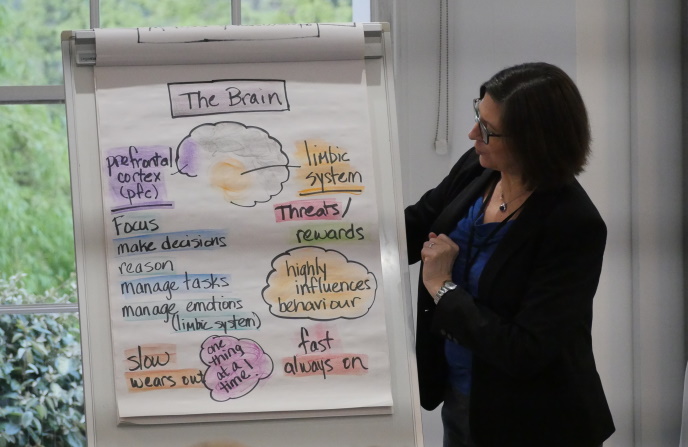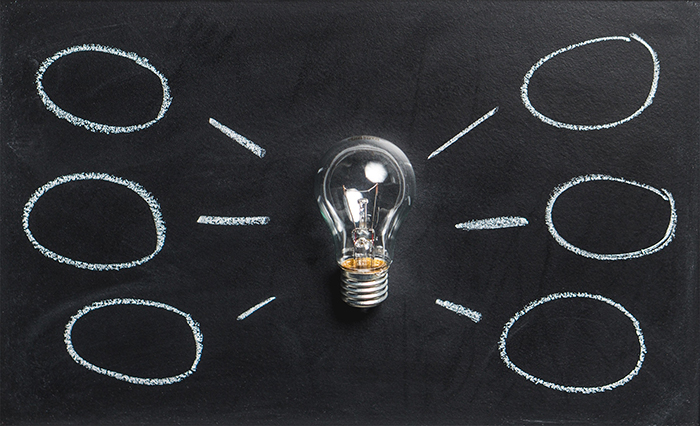
“All models are wrong”
“All models are wrong, but some are useful” is a quote attributed to a British statistician named George Box who wanted us to remember that models are simplified versions of reality. He wanted us to stop thinking that a model describes The Truth. But we need models for understanding, do you know how to choose a model for data?
In our day-to-day existence we rely on models, maps, and algorithms that are based on estimates and theories. We use these approximations because if we wish to understand the world, we must reduce the complexity of the real world so our minds can grasp the general concepts. We create a form of reality that we can understand and work with.
Is more accuracy better?
When a doctor wants to explain how your ear works, for example, she may refer to a diagram of an inner ear, pointing out the different tiny bones and explaining how they work. The diagram is a rough approximation. Could a surgeon use such charts as a guide for precise surgery? Not at all. Does a chart help you understand your inner ear challenges? Yes. The chart is just right for your use – too much accuracy in that chart like that and you might get dizzy trying to understand it all.
Scientists will always debate models and theories and they will find approximations inadequate. And they should, for the sake of scientific advancement. But when it comes to real-world application, let’s not get caught up in a debate about accuracy. Instead, let’s focus on usefulness and usability.
For example, there are different models of how the brain generates emotional responses, how it stores memories, and how it drives behaviour. What level of accuracy do we need for understanding our behaviour? The brain is immensely complex. Do we need extreme complexity about neurons, axon potentials and dendrites for our day-to-day understanding of emotions? Not really.
What is useful?
I think, “how useful is it?” is a much more interesting question than, “how accurate is it?” Does a model help us understand ourselves and understand others? Does it help us have more self-awareness and ability to control ourselves? Might it help create more compassion for others? Might it help us build a more emotionally intelligent world? It’s hard figuring out how to choose a model for data!
If yes, let’s use it! Let’s focus on how we can improve ourselves and not get distracted in levels of precision far beyond what we can measure. Let’s do what we can to serve the greater good.
How else can you apply this thinking?
- Consider the models you use. Please remember that your maps, algorithms, and other models are representations of reality, not an exact replica.
- Understand how much simplification you can tolerate in your work.
- Don’t get attached to accuracy and precision for the sake of it. Know the difference between useful and correct. Metaphors, for example are never correct but they are often extremely useful.
- Learn to hold paradox; the world is full of them: Appreciate the usefulness of a model and still recognise that it may be imperfect.
To find out more about how to choose a model for data, please contact us.
Here are some models we use

Our clients find them useful.
find out more